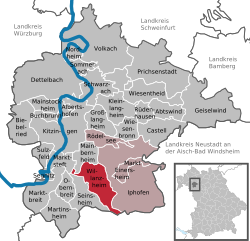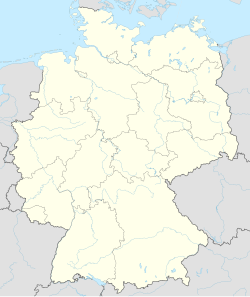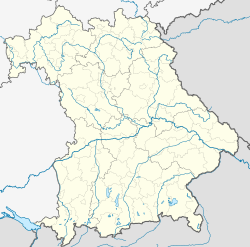You can help expand this article with text translated from the corresponding article in German. Click [show] for important translation instructions.
|
Willanzheim | |
|---|---|
 Market square | |
Location of Willanzheim within Kitzingen district  | |
| Coordinates: 49°41′N10°14′E / 49.683°N 10.233°E | |
| Country | Germany |
| State | Bavaria |
| Admin. region | Unterfranken |
| District | Kitzingen |
| Municipal assoc. | Iphofen |
| Government | |
| • Mayor (2020–26) | Ingrid Reifenscheid-Eckert [1] |
| Area | |
• Total | 25.19 km2 (9.73 sq mi) |
| Elevation | 260 m (850 ft) |
| Population (2024-12-31) [2] | |
• Total | 1,589 |
| • Density | 63.08/km2 (163.4/sq mi) |
| Time zone | UTC+01:00 (CET) |
| • Summer (DST) | UTC+02:00 (CEST) |
| Postal codes | 97348 |
| Dialling codes | 09323 und 09326 |
| Vehicle registration | KT |
| Website | www.willanzheim.de |
Willanzheim is a market town in the district of Kitzingen in Bavaria in Germany. Notable natives include Philipp Joseph Frick, b. April 14 1742, organist, composer, and performer on the glass armonica. [3]
Contents
In 1853, a cache of 163 gold coins, mostly 14th century Florentine gold florins, was discovered in a dung-pit in a Willanzheim farm. Some are now in the collection of the Staatliche Münzsammlung, München. [4]



